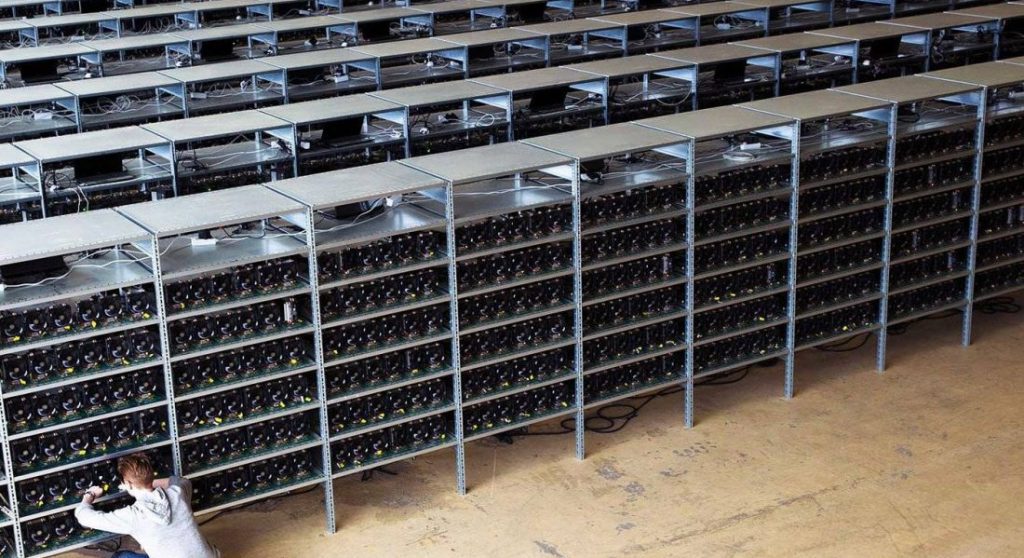
The impact of crypto farms on cities and the people who live there
Bitcoin has been a great source of income for investors for a long time. But many residents of cities where crypto farms are located have a slightly different view of the issue. But it’s worth sorting out how mining affects all of this, and what consequences it brings after it.
It’s important to say straight away that cryptocurrency is created using a computer, and they in turn are capable of solving all sorts of different, even complex mathematical problems. And the whole process largely began to accelerate almost 6 years ago, after an offer from a Chinese company of a mining device with specialised circuits.
And it was this, you could say, that launched the cryptocurrency arms race specifically. Much after that, the need to find cheap energy increased, because it became clear that crypto needs a lot of it.
Any transaction, as the statistics for 2020 say, requires about 1,173 kW of energy. And many across the US have been actively pursuing these processes, as there is no problem paying for electricity consumption services.
If we talk about how it all started, one branch of the Coinmint mining company rented a shop. And the tenant wanted to get things done very quickly, and connect to the network immediately. Of course, there were questions about how things might unfold and what the damage might be.

How crypto farms have affected cities
After renting the premises, the equipment was filled almost immediately and work began. After plans were made to expand, word came that at least $140,000 would be needed for this purpose. But even this factor did not deter anyone.
After some time, the company consumed about 10 MW on a permanent basis. And if the residents of the city are taken into account, that would be enough for 4,000 homes.
Soon other miners started applying for connections. And at one point, 5 GW was needed, which is a quarter of the total amount consumed by New York City in a day.
With the onset of the cold winter, when the consumer began to actively plug in heating equipment, the city-wide quota was quickly exceeded. In other words, energy had to be purchased elsewhere and at a different, higher price. The average electricity bill went up from $30 to $40 a month, and there was a realisation that there was indeed a problem. But there was not yet an understanding for the population as to why this was the case.
As winter came to an end, another problem made itself felt. Mining servers generate a lot of heat, so a good ventilation system is required. And such equipment makes a loud noise, even a howl, all the time. And this is not only due to the DB, but also due to the height.
It does cause discomfort, the constant noise is very disturbing, and sometimes there is even an unexplained vibration. And at the same time, there are no jobs because of automatic operation, even in large companies.
Coinmint ended up with a two-month electricity bill of $1019503. And with the introduction of the new measure, a ban on farms went into effect across the city until both energy consumption and noise can be addressed.
In other words, the main problem not only for the entrepreneurs but also for the residents is the increase in electricity prices.
Popular articles
-
 Explore Toncoin: A Future-Driven Cryptocurrency Guide
Explore Toncoin: A Future-Driven Cryptocurrency GuideToncoin is the native cryptocurrency of the Open Network (TON), …
-
 Unraveling Interoperability in Blockchain
Unraveling Interoperability in BlockchainInteroperability in the context of blockchain technology refers to the …
